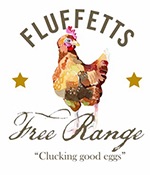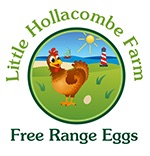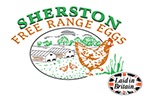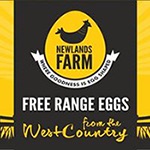We always knew Brexit would create problems, but we were unaware just how bad it could get, culminating, in talk of tit-for-tat delays in delivery of Covid-19 vaccines to and from the EU.
The poultry industry is well aware of the delays and non-deliveries of vaccines, so the fact that both Pfizer and Oxford AstraZeneca have declared shortfalls on expectations is no surprise.
Both companies are trying to expand manufacturing capacity to answer WHO demand for vaccine for undeveloped countries, but seemingly, EU politicians cannot understand this and so impose more regulations on allowing vaccine out of Europe.
UK hauliers have, in many cases, given up on deliveries to the EU, put off by the attitude of customs officials.
Now, EU hauliers are beginning to refuse to deliver to the UK, because they cannot get a UK export order for the return trip. This makes the one-way delivery non-viable.
The extra paperwork involved, together with the delaying tactics and nit-picking by, particularly French customs it would seem, has affected the UK poultry industry as well.
Day old chick transport, both ways, has been disrupted, melange has been impossible to export and shell egg export faces almost impossible odds.
First, the eggs must be Class A, they cannot be sent ungraded, they have to be stamped with an ISO mark such as GB, in addition to all the usual marks, and have to have authorisation documents from an Egg Inspector and flock health certification from a Vet.
These documents have to be word-perfect and correctly punctuated, with not even a missing comma.
Those documents have, in many cases, been difficult, or impossible to obtain.
The UK & US have, however, signed equivalence documents, which allows, with additional paperwork, US-certified organic produce to enter the UK, and vice versa.
Free-range eggs are still in surplus, given the huge drop in demand from the hospitality sector in the latest lockdown. This has had a knock-on effect on demand for colony eggs.
Those supplying wholesalers will be most affected. “Laid in Britain” producers, being closer to their customers, may ‘weather the storm’ slightly better, although there are reports of diminished demand even here.
Whilst no reports of early depopulation have been received, there are certainly instances of flocks not being immediately replaced.
There are also reports of eggs being sold at exceptionally low prices (Mediums @20p/dozen) or even given away to food banks and elsewhere.
The problem with this approach is that goods obtained for nothing are not valued, and it is often difficult to get them viewed in a better light later on.
Regarding the GB mark and others, it joins a long, historical list of attempts to put marks on eggs to increase their value. It doesn’t always work.
Putting identification marks on eggs was a practice as long ago as the 19th century in Europe.
In 1926, in Sweden, the marking of imported eggs resulted in a substantial reduction in importations and an increase in domestic produce.
The British government at that time, were reluctant to mark imported eggs.
There was great resistance from retailers for imported eggs to be marked, as they would be unable to mix them in with domestic eggs and sell as “British”.
But, in 1956, the government finally got round to marking home-produced eggs under the Egg Marketing Board scheme.
There were 500,000 producers, with 223,000 belonging to farming unions.
Producers could obtain a Class “A” licence to sell directly to consumers, or a Class “B” to sell to retailers.
The Society of Objectors to Compulsory Egg Marketing (SOCEM) and the Labour Party, objected to interference with free trade.
But, the Little Lion was born and survived until 1968, by which time housewives had become disillusioned with the brand and preferred to buy “farm fresh”.
At this time, the Board handled 8,280 million eggs per year and received £22 million in subsidy.
So bad had the brand become in the public’s eyes, that a famous cartoon of the Little Lion holding it’s nose was widespread.
So, the report of the Re-organisation Commission for Eggs was published in June 1968, recommending the winding up of the Egg Marketing Board.
It said the scheme had been misguided and contrary to the wellbeing of the egg industry.
The new GB mark does not seem to be doing the current egg sector much good, given the defunct part of it’s market at home and in Europe.
There is not much call for the end-of-lay hens either in this lockdown. We hope to see no repeat of the “Abandoned Hens” reported in the last Hotwire.
Perhaps producers should look to new avenues for spent hens.








